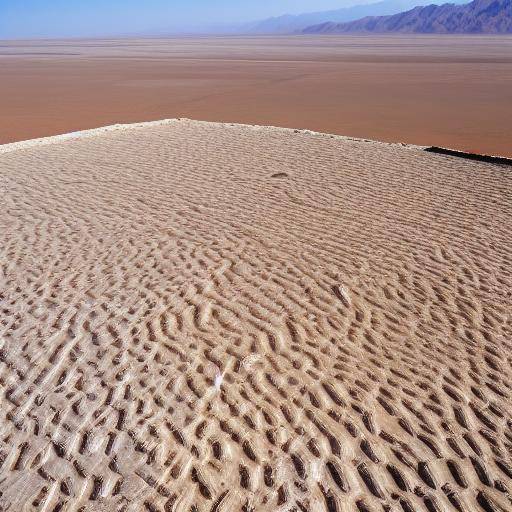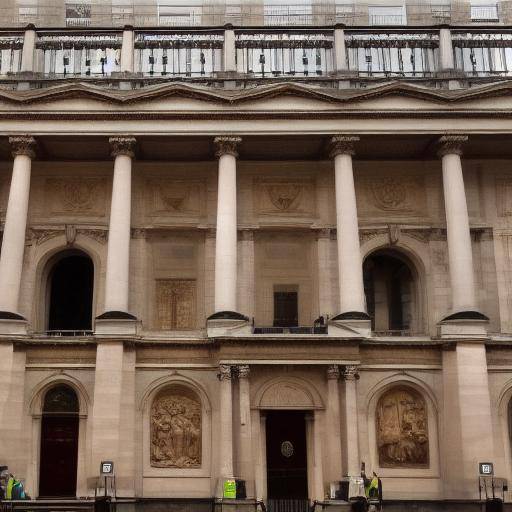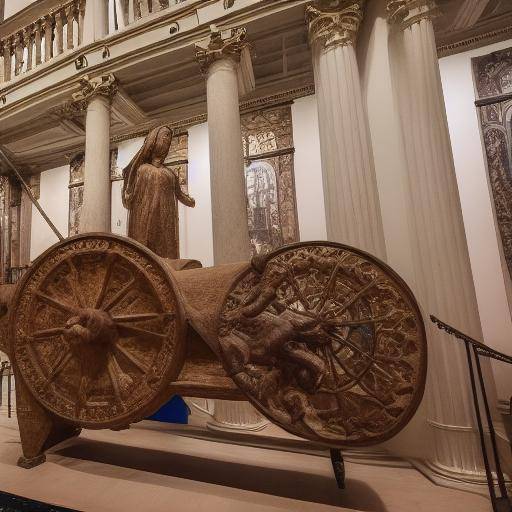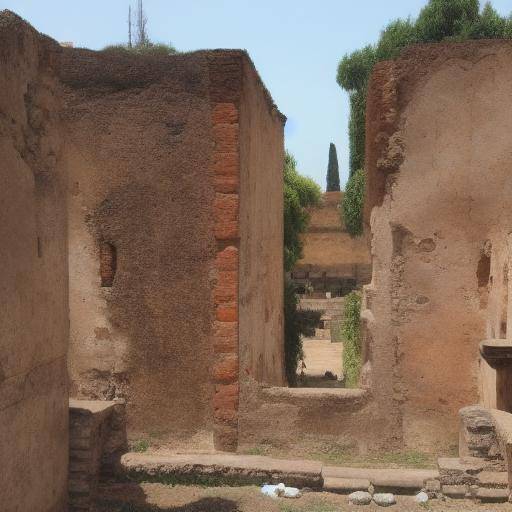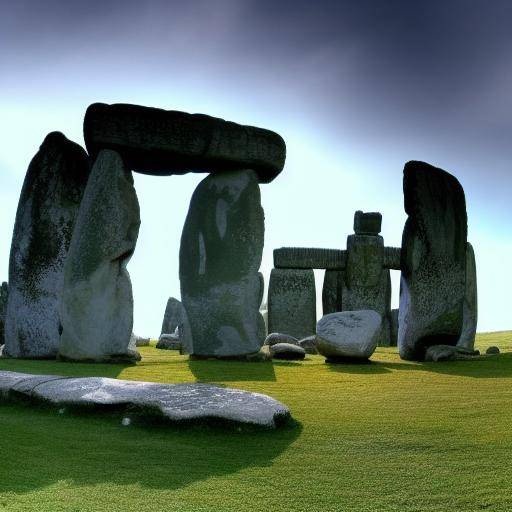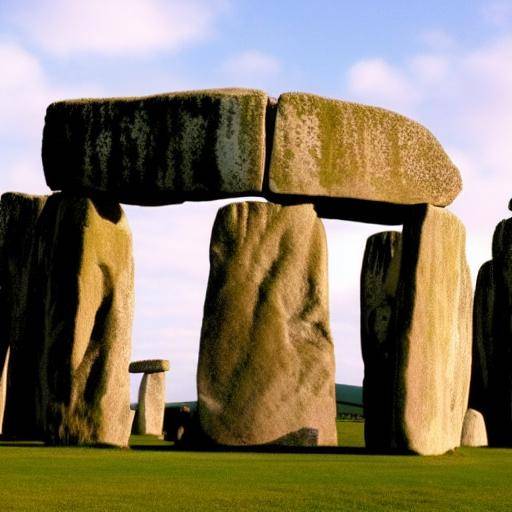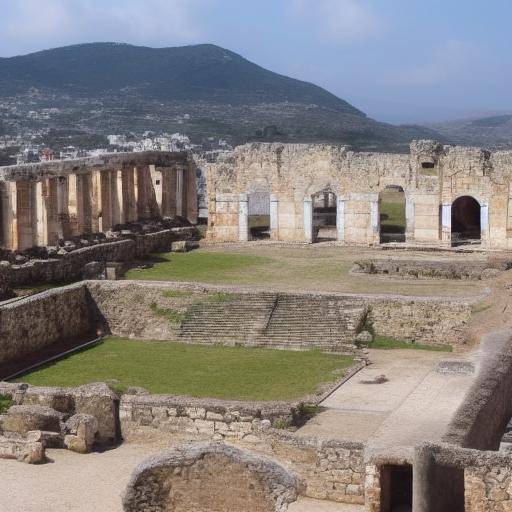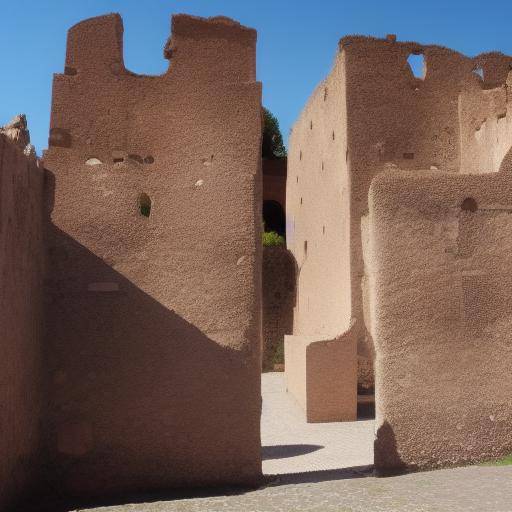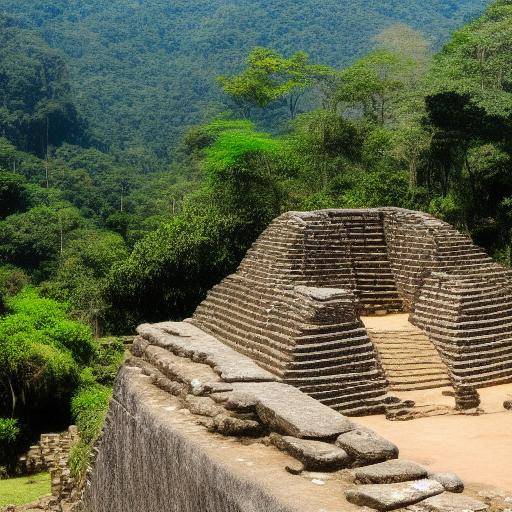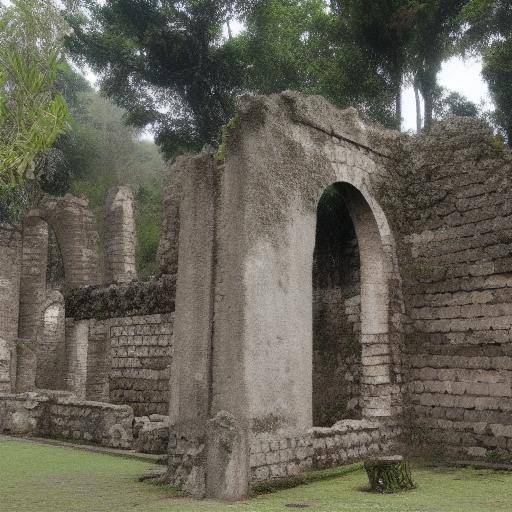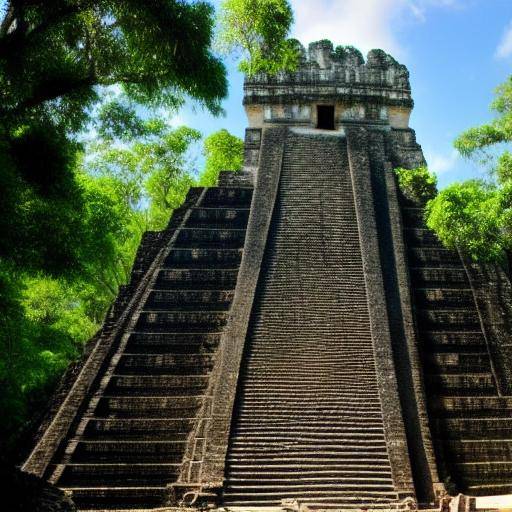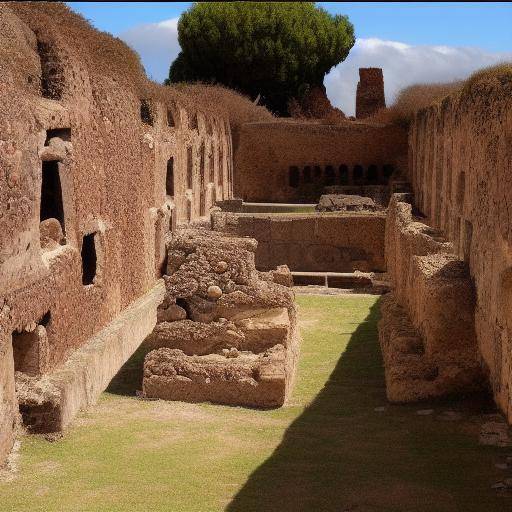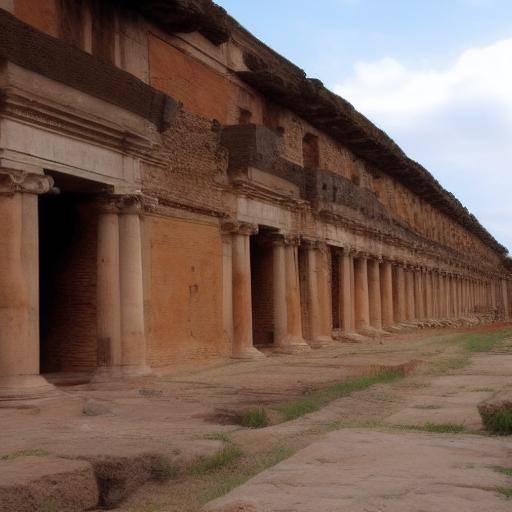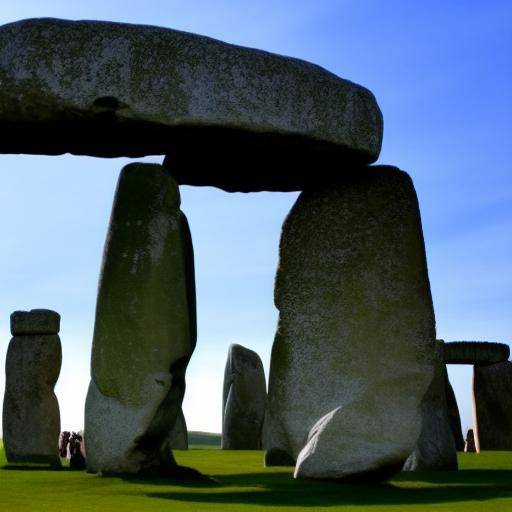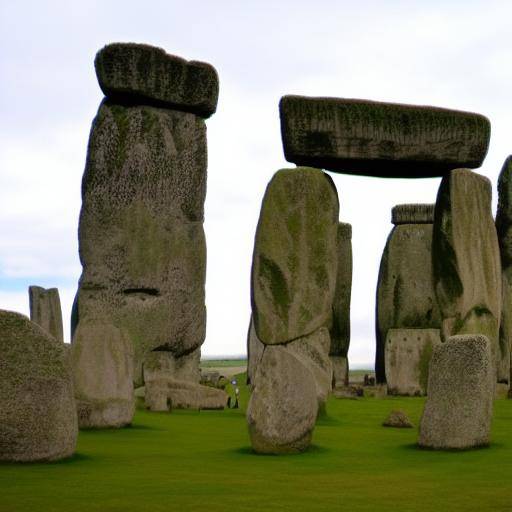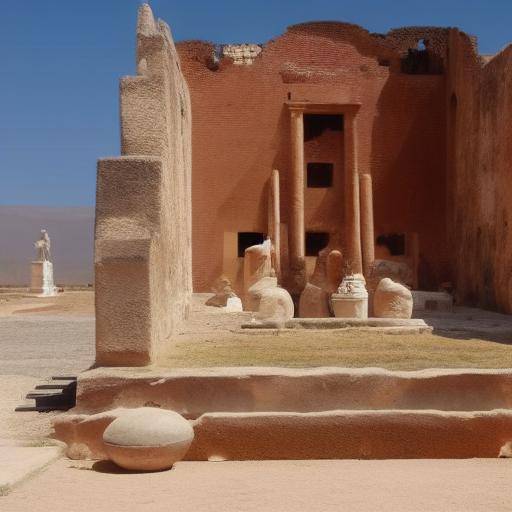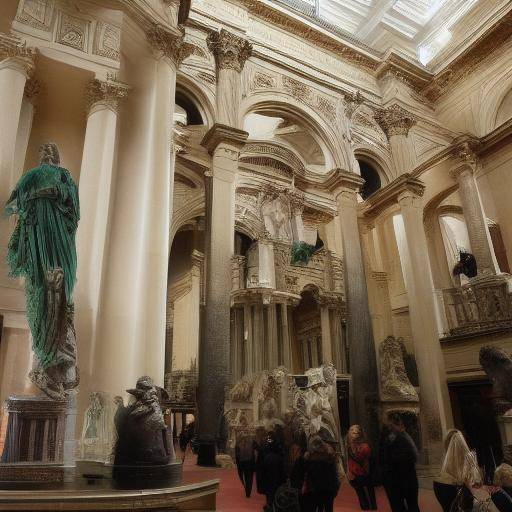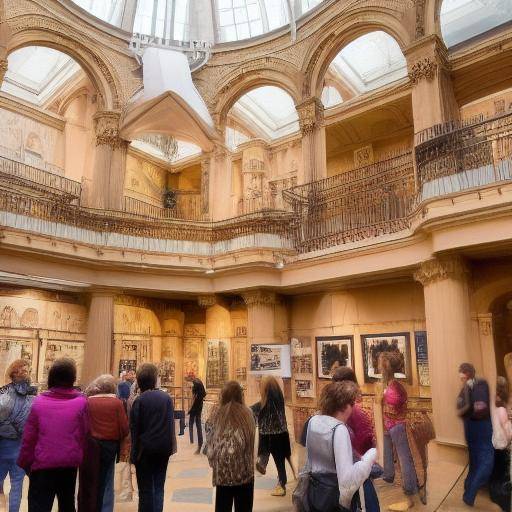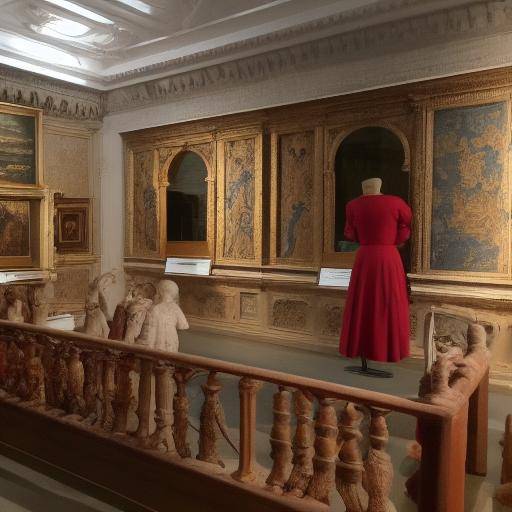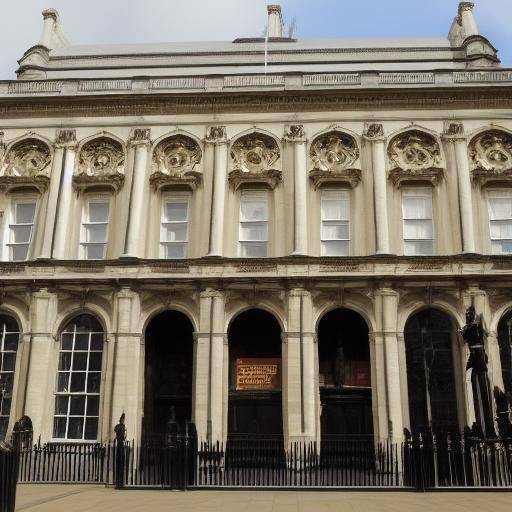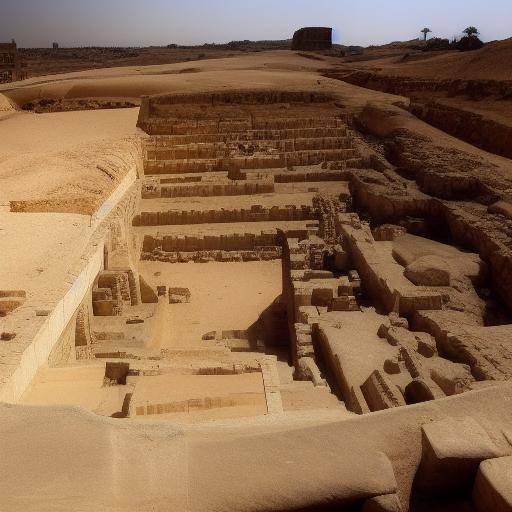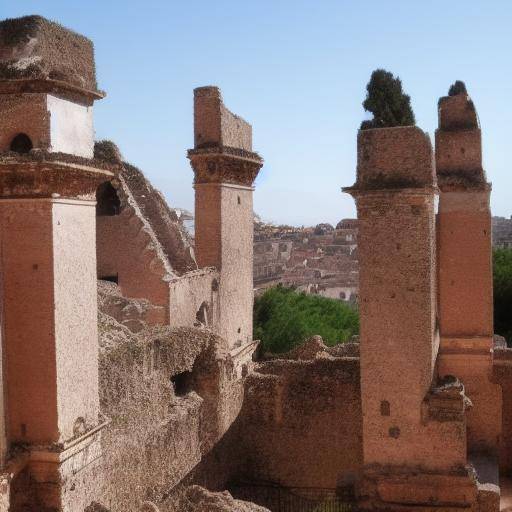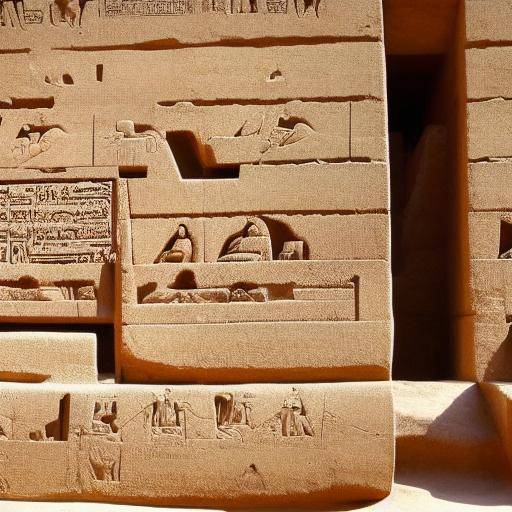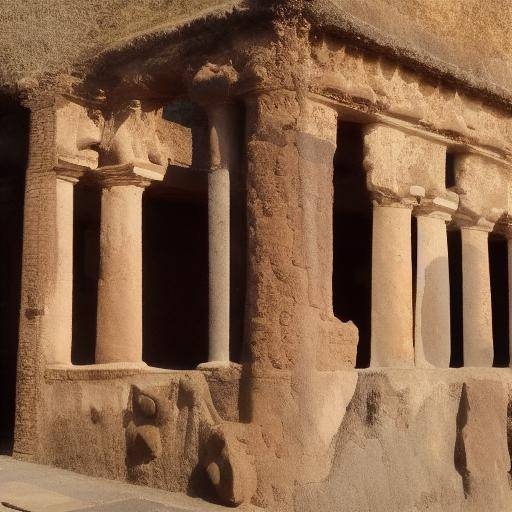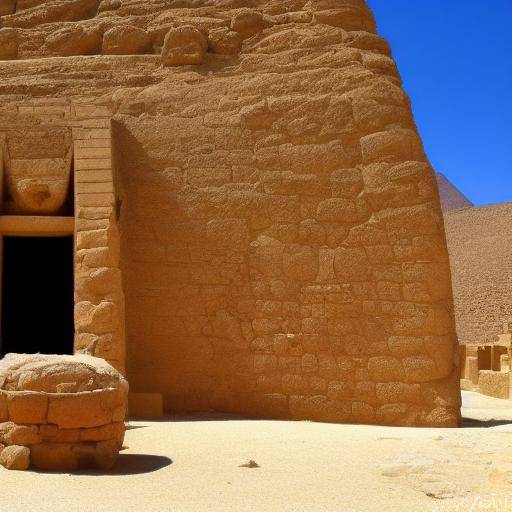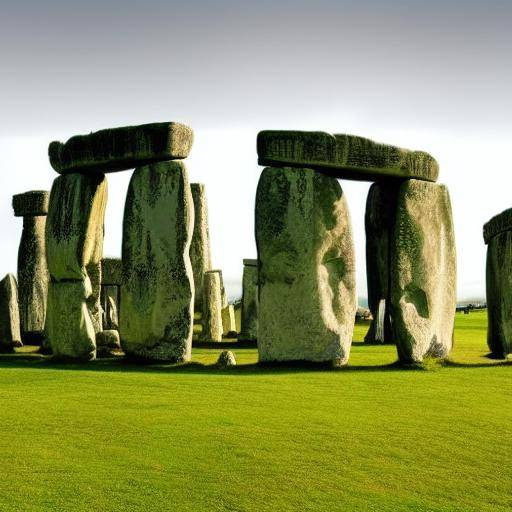
For centuries, Stonehenge has maintained its mystery and grandeur, attracting the attention of archaeologists, historians and tourists alike. This emblematic prehistoric monument of England has been a silent witness to the evolution of humanity and its societies. In this article, we will explore in detail the fascinating archaeology and the legendary stories surrounding Stonehenge, plunging us into its history, meaning and contributions it has made to our understanding of the past. From its mysterious stones to the deep historical roots of England, this exploration will lead us to new perspectives on prehistoric England and the importance of archaeology in its study.
History of Stonehenge
Stonehenge is one of the most famous monuments in the world, located on the Salisbury plain in southern England. Its imposing stone circles have been standing for millennia, challenging the passage of time and disconcerting those who attempt to decipher their original purpose. Its construction dates back to the neolithic period, more than 4000 years ago, and has been subjected to intense archaeological and scientific scrutiny. The enigmatic disposition of the stones, their alignment with the solstices and equinoxes, and their apparent connection to the astronomical cycles have generated numerous theories and speculations about their ritual, religious and astronomical meaning.
Archaeology in Stonehenge
Archaeology plays a crucial role in unraveling the mysteries of Stonehenge. Archaeological excavations have revealed artifacts, human remains and evidence of ancient buildings that shed light on the life and beliefs of the communities that built it. Radiocarbon dating techniques, digital reconstruction and isotope analysis have allowed archaeologists to establish a precise chronological sequence of events surrounding this monument.
Stonehenge Legends and Myths
Stonehenge is also involved in legends and myths transmitted over generations. From medieval accounts of its mystical origin to romantic interpretations of its meaning, the stories surrounding this monument add an additional layer of fascination and mystery to its legacy. The wealth of these narratives invites us to explore the connections between mythology, history and archaeology, enriching our understanding of prehistoric England.
External Links
For a greater understanding of Stonehenge and its archaeological significance, we encourage you to explore the following links:
- Español Heritage: Stonehenge
- National Geographic: Mysteries of Stonehenge
- Smithsonian Magazine: Latest Discoveries at Stonehenge
Conclusion
In short, Stonehenge awakes intrigue and astonishment, offering a unique look at the remote history of humanity. Through archaeology and surrounding legends, this majestic site continues to challenge our expectations and stimulate collective imagination. By exploring the multiple layers of its meaning, we open windows to an ancient time and the rich heritage of England. That Stonehenge remains a lasting reminder of human capacity to create, contemplate and preserve his legacy throughout the time.
FAQs
**1. What is the approximate age of Stonehenge?**Stonehenge is approximately 4000 years old, giving its construction in the neolithic period.
**2. Why is Stonehenge composed?**Stonehenge is composed of huge stones arranged in concentric circles, which include the famous vertical stones (sarsen) and the smallest that are believed to be of Welsh origin (bluestone).
**3. What is the purpose of Stonehenge?**Stonehenge's exact purpose remains the subject of debate and speculation. Theories have been proposed that suggest their use as a religious temple, astronomical observatory or funeral place of worship.
**4. What role does archaeology play in Stonehenge's study?**Archaeology has been instrumental in understanding Stonehenge's chronology, construction and cultural significance, providing scientific evidence for the theories surrounding this monument.
**5. What is the importance of Stonehenge in the history of England?**Stonehenge is an iconic symbol of England's prehistory, representing the ability and vision of the ancient communities that built it, as well as its complex relationship with the natural and mystical environment.
**6. What are some of the legends associated with Stonehenge?**Stonehenge legends range from tales of its origin linked to magic and witchcraft, to narratives that connect it with royalty and mythological heroes.
**7. Is there a consensus on Stonehenge's original purpose?**Despite advances in archaeology and scientific research, there is no definitive consensus on Stonehenge's original purpose, which contributes to his mystery and continued fascination.


